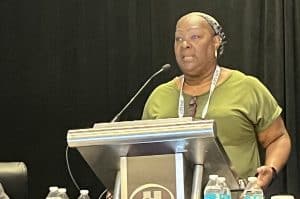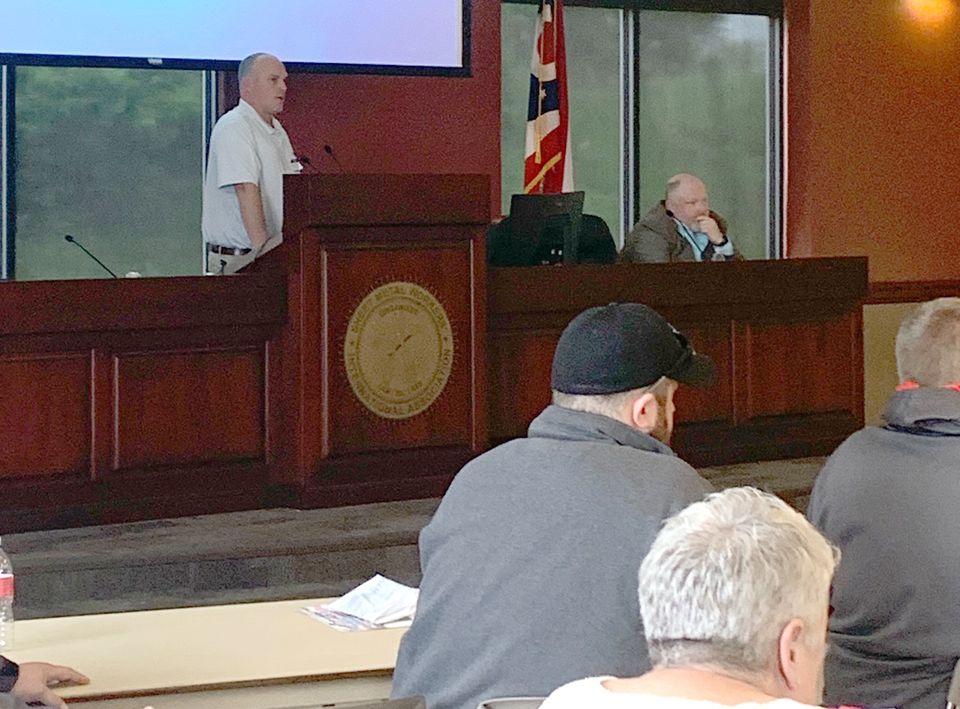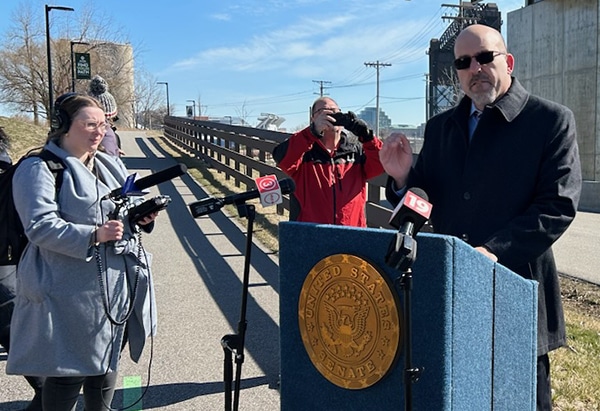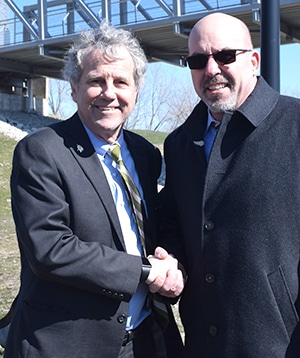Unions in the United States have championed workplace safety from the beginning. In the 1870s, organized labor championed “State factory safety and health laws” — the predecessor of the Occupational Safety and Health Act (OSHA) a century later. Whether it’s freight rail, bus or transit, workplace safety remains the foundation of everything we strive toward.
Our organization and labor have made tremendous headway, but as was clear over the summer, there is progress yet to be made and fights left to be won. We had two trainmen trainees killed in Maryland railyards.
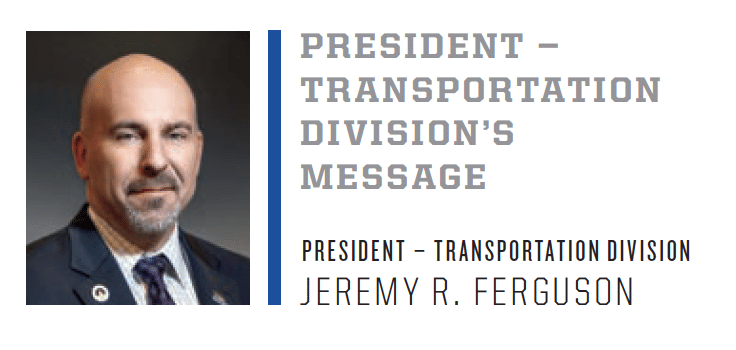
We have been screaming into the megaphone to FRA, STB, NTSB, Congress, the White House, people in the media — frankly anyone else who will listen — that we will not stand for the current state of training on America’s Class I railroads. Please follow this link to read SMART-TD’s statement regarding the safety of our trainmen trainees, as well as the safety advisory we issued in hopes of directly speaking to our newly hired brothers and sisters and the conductors who mentor or train them.
It is our hope that our internal safety advisories will be a jumping-off point to inspire productive conversations. If carriers think they can get away with insufficient and unsafe training without SMART-TD opposing it, they are very much mistaken. Please take the time to read these materials.
While on the topic of safety, I want to proudly announce the formation of a new committee at SMART-TD focused on ending the epidemic of physical assault on our bus and transit membership. SMART-TD‘s Bus/Transit Assault Prevention and Safety (BTAPS) Committee was established at the SMART Leadership Conference in Washington, DC this August. It was born from the courage of Legislative Representative Christine Ivey of Local 1785 (Santa Monica, Calif.), who brought up the long-overdue idea that SMART-TD needed to form a committee to lead the charge for the transportation workers of this country — researching workable solutions to the increasing violence against on-duty members.
I agreed with the message Ivey eloquently and passionately shared and called for a vote on the formation of the committee on the spot, naming Sister Ivey as chairperson of the BTAPS Committee. It is not in this union’s DNA to sit idly by while our members’ safety and personal well-being are at risk.
Please read SMART-TD’s statement regarding the safety of our trainmen trainees, as well as the safety advisory we issued in hopes of directly speaking to our newly hired brothers and sisters and the conductors who mentor or train them
The BTAPS Committee and Chairperson Ivey have my full support and confidence as they strive for increased mandatory sentences for those who assault transit workers and craft the legislative language to protect our brothers and sisters. I thank her for her leadership on this important topic. BTAPS is looking for both bus and transit members to volunteer to serve. To be considered for an appointment to BTAPS, or if you know of someone we should be considering, please contact her at Chrissie.ivey.smtd.1785@gmail.com, or Dan Banks in our Cleveland office, at dbanks@smart-union.org.
On another positive note, I am happy to announce the retirement of SMART-TD Vice President Calvin Studivant, senior VP from our Bus Department. Calvin has dedicated his life to advocating for the safety, compensation and respect our bus operators and mechanics deserve. He has led the department since being elected VP in 2014. Along with VP Alvy Hughes, Studivant has led SMART-TD’s Bus Department to unparalleled success. We all wish Brother Studivant a long and happy retirement, and I thank him for all his years of dedicated service to our members.
As we wish Calvin the best, we are encouraged that he leaves our Bus Department in the capable hands of VP Hughes and James Sandoval from Local 23 in Santa Cruz, California, who has been elevated to VP. Brother Sandoval has served multiple roles in his career, and I have every confidence in his ability. The TD Board of Directors has approved General Chairperson Markeisha Haynes of Local 1785 as our new alternate vice president of the Bus Department. When sworn in, she will be the first Black woman to serve our union at this level of leadership. I am very proud to have Sister Haynes in the SMART-TD leadership team!
September marked the beginning of elections in most SMART-TD locals. Not only does this union need these leadership positions to be filled to function well, but they need to be filled with dedicated brothers and sisters willing to work to better the lives and careers of our members. This is not a top-down organization — it is supported and maintains its strength from the bottom up. The local leaders of today will spearhead the future of this organization and this movement. The first step is getting involved.
Please engage in your local and become well-informed about who is running. Make wise decisions in your leadership — these leaders have a hand in your safety and your family’s well-being.
Thank you for your continued support, and I want you all to have a great fall. Please don’t let the distractions of a new school year, football season and all the trappings take away from focusing on the safety of you and those you work with.
In Solidarity,

Jeremy R. Ferguson
President, Transportation Division
